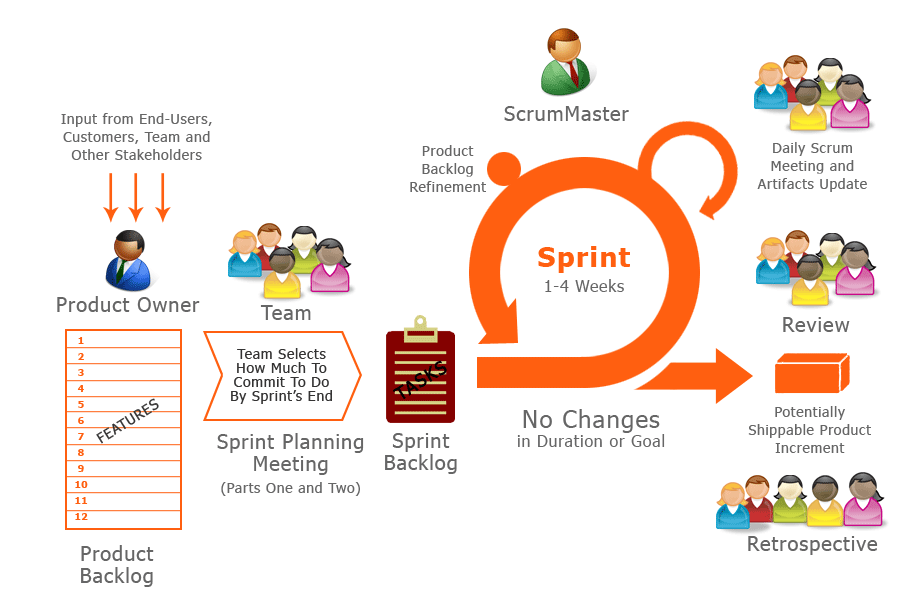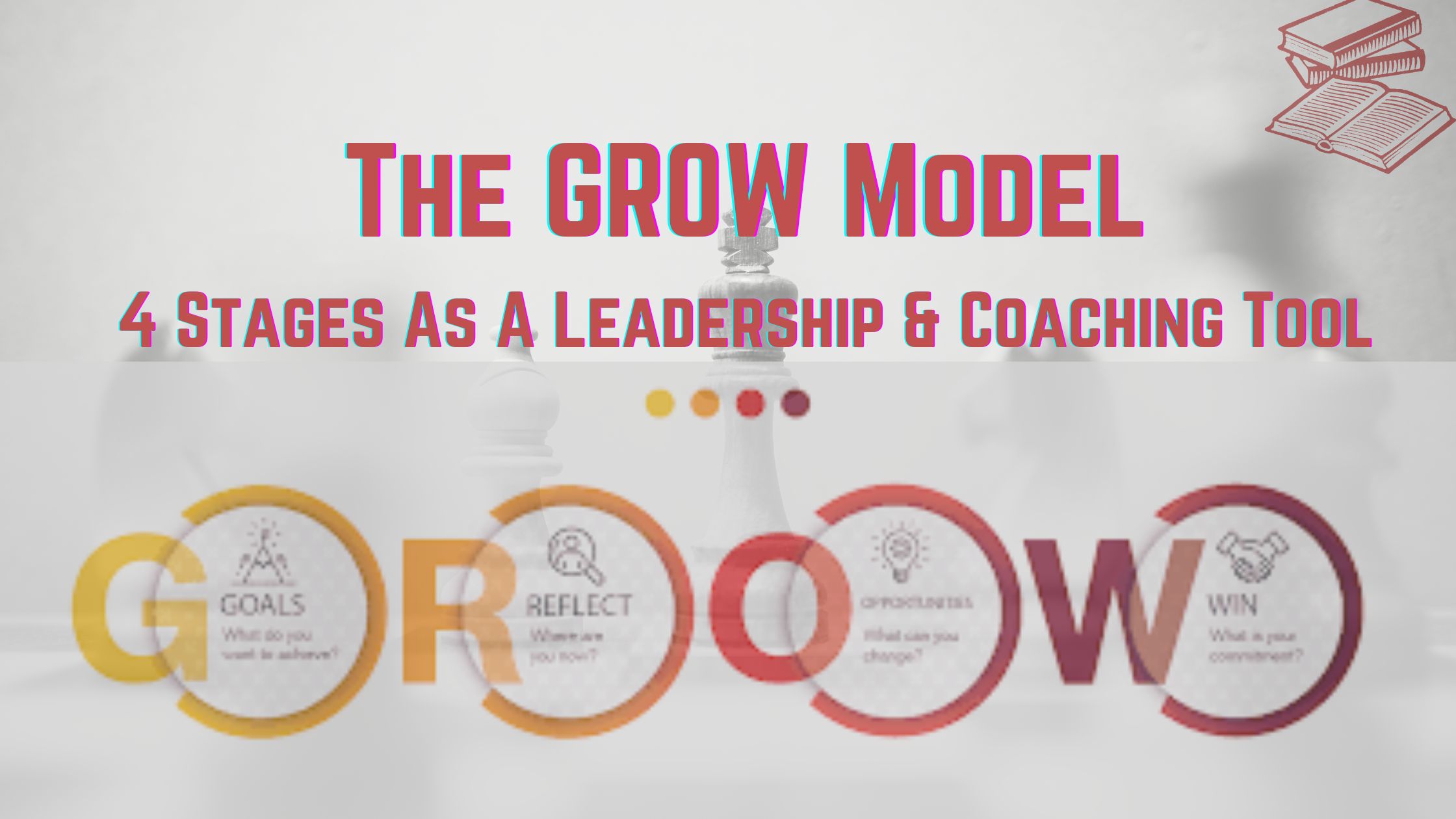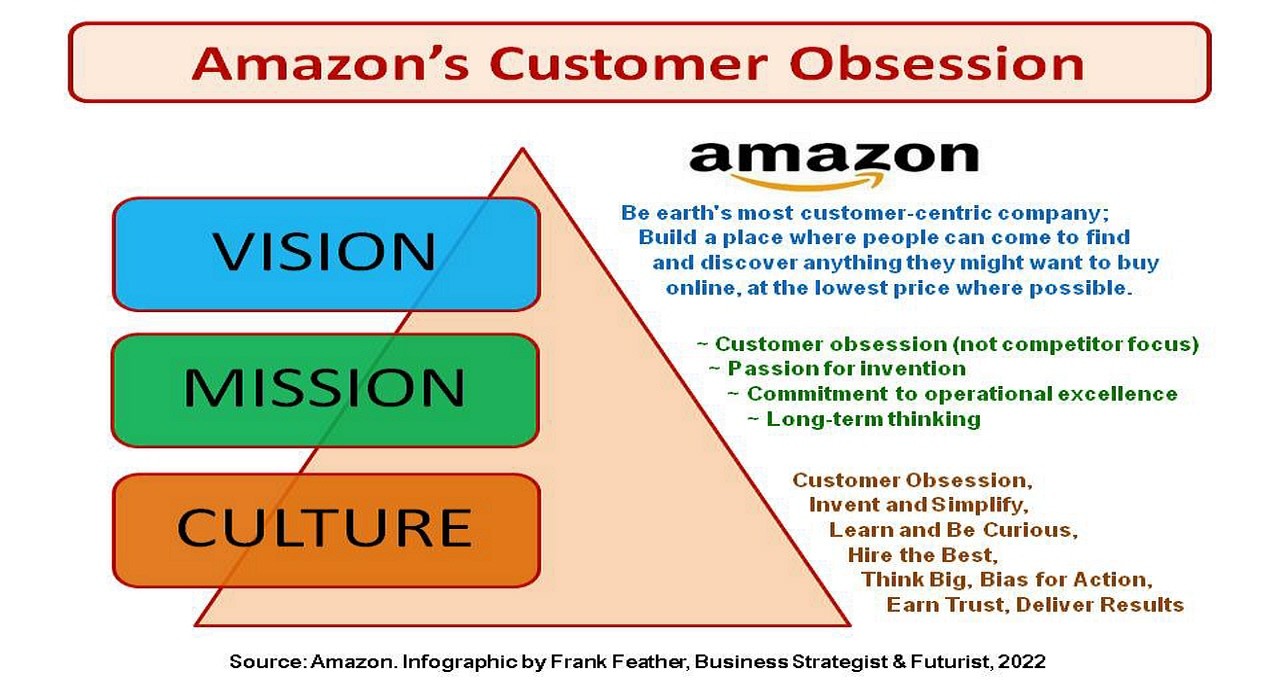The GROW Model is a very powerful leadership and coaching tool used in many business strategies all over the world. The ever-evolving fields of leadership and personal development are both fields in which coaching has emerged as an essential tool for fostering individual growth and maximizing one’s potential to do remarkable things. It is well acknowledged that the GROW model is an effective method of coaching.
Table of Contents
GROW Model’s Background
The GROW model was inspired by the work of Timothy Gallwey, whose Inner Game theory highlights the role of attitude and introspection in reaching one’s full potential. In the 1980s, Sir John Whitmore established the GROW model in order to offer a framework for coaching sessions that would assist leaders in the cultivation of meaningful connections, the development of talent, and the acceleration of change. Whitmore aimed to provide leaders and coaches with a flexible resource to aid people in pursuing personal and professional development.
The GROW paradigm includes the following phases:
- Goal
- Reality
- Options
- Will.
Each step builds upon the previous one. There are certain functions performed by each stage that assist lead the coach and the coachee towards having fruitful, goal-oriented conversations. These functions help direct the coach and the coachee towards having productive conversations.
Components of GROW Model
- Goal: The journey commences with the establishment of clear, specific, and attainable goals. The teaching process is based on these goals, which could be anything from getting a promotion at work to getting better at something. Setting clear goals helps the coachee put their energy where it will have the most effect.
- Reality: During this time, the main goal is to learn about the world as it is now. It means taking stock of your strengths and weaknesses, as well as your opportunities and dangers. The truth check makes you think about yourself, which sets the stage for the coaching session and shows you where the problems are.
- Options: In the third step, the coach and the person being coached talk about how to get from where they are now to where they want to be. During this time, the child’s imagination is encouraged and new ways to grow are eagerly looked for.
- Will: The last step is all about commitment and getting ready to act. The person being taught decides on the best way to move forward and makes a thorough plan with goals and due dates. The coach helps people be more dedicated and responsible.
Deep Analysis of Details
The GROW model (which stands for “Goal,” “Reality,” “Options,” and “Will”) is a famous teaching strategy and tool that helps people talk about their personal and professional growth. It gives a thorough way to look into goals, assess the current situation, think about possible options, and choose a course of action. The GROW model is used in many different situations, such as leading, mentoring, career and personal growth, and managing performance.
Usefulness:
- The GROW model’s focus on making goals helps people know what they should be working towards so they can use their time and energy well.
- Getting to know yourself better The “Reality” Phase encourages people to think about themselves and figure out their strengths, weaknesses, opportunities, and challenges.
- In the “Options” stage, people are pushed to think freely and try out different ways to solve a problem. This can lead to new solutions.
- Responsibility and Willingness: The “Will” stage pushes people to plan their actions and be committed, making sure that they move carefully towards their goals.
- The GROW model gives teachers and leaders a way to have planned, goal-oriented teaching conversations.
Limitations:
- Because the GROW method focuses on keeping things easy, it might not be right for people with more complicated growth needs or more severe mental illnesses.
- The model’s linear structure might not take into account how some problems and goals repeat and change over time.
- Too much focus on the end result could make it hard to see how important the steps taken to get there, the lessons learned, and the growth that happens along the way are.
- The model may not work in all cultural and social settings, so it may need to be changed to fit different situations.
Specialty:
The GROW model is one of a kind because of it’s
- Simplicity
- Adaptability
- Structured Framework
- Skill Building
Overall, the GROW model has shown itself to be a useful teaching tool that can help both individuals and whole groups deal with the challenges that come with growth, development, and change. It works well to help people reach their goals and grow as people because it is easy to use, flexible, and orderly. Even though the GROW model has some flaws, it is still useful for teachers, leaders, and anyone else who wants to reach their full potential and make a difference.
GROW Model’s Examples
Several large companies have added the GROW model to their leadership and development plans to help employees do their jobs better and move up in the company. Some well-known projects’ growth paths line up well with the stages of the GROW framework.
The first step to finishing a job well is to figure out what its goals are. Businesses use the GROW model a lot because it focuses on the following goal-setting principles:
Take Google’s OKRs, which stand for “Objectives and Key Results.”

OKRs are a system for making goals that Google uses a lot to make sure that staff goals, team goals, and company goals all match up. There are key results for each goal, which can be used as numeric measures of success. This method fits with the “Goal” stage of the GROW model because it gives a structured way to set and evaluate doable long-term goals.
To make good choices and plan a job well, it’s important to know what’s going on right now. Some businesses use GROW’s truth check as part of what they do:
Amazon’s focus is on the customer.
As part of its plan to put the customer first, Amazon tries to find out as much as it can about its customers. This fits with the “Reality” part of the GROW model, in which businesses take stock of their current situations and look at their strengths, weaknesses, and growth possibilities. Amazon’s innovations and improvements to its services are driven by the company’s obsession with the daily lives of its customers.
To solve problems and build projects, you need to be able to come up with and evaluate different options. Several businesses use the GROW model’s choice analysis:
Apple’s Innovation, for One

Apple’s success depends on how well it can always come up with new ideas for products. The company likes the “Options” part of the GROW model because it lets them come up with new ideas, test their theories, and try out different product features and designs. Apple can choose the best options for its products using this process.
4. Will: The most important thing for success is to work hard. As shown in the following cases, many companies have taken on the GROW model’s focus on commitment and action planning.
Microsoft’s Agile Process Framework is a good example.

The “Will” part of the GROW model fits with the rapid methods used by Microsoft. Agile is based on continuous development, getting input all the time, and plans that can change. Teams are in charge of making sure that planned features are ready by a certain date.
Resources
GROW Model’s 1 minute Video Introduction
References
Deci, E. L., & Ryan, R. M. (2008). Self-determination theory: A macro theory of human motivation, development, and health. Canadian Psychology/Psychologie Canadienne, 49(3), 182-185.
Fredrickson, B. L. (2001). The role of positive emotions in positive psychology: The broaden-and-build theory of positive emotions. American Psychologist, 56(3), 218-226.
McLachlan, N. H., Eastwood, L., & Friedberg, R. D. (2016). Socratic questions with children: Recommendations and cautionary tales. Journal of Cognitive Psychotherapy, 30(2), 105-119.
Oettingen, G., & Gollwitzer, P. M. (2002). Turning hope thoughts into goal-directed behavior. Psychological Inquiry, 13(4), 304-307.
Robison, J. & Gandhi, R. (2019, March 13). Make engagement central to culture and reap the rewards. Gallup. Retrieved from https://www.gallup.com/workplace/247493/engagement-central-culture-reap-rewards.aspx
Whitmore, J. (1988). Coaching for performance. Boston, MA: Nicholas Brealey Publishing.
Whitmore, J., 2010. Coaching for performance: growing human potential and purpose: the principles and practice of coaching and leadership. Hachette UK.



